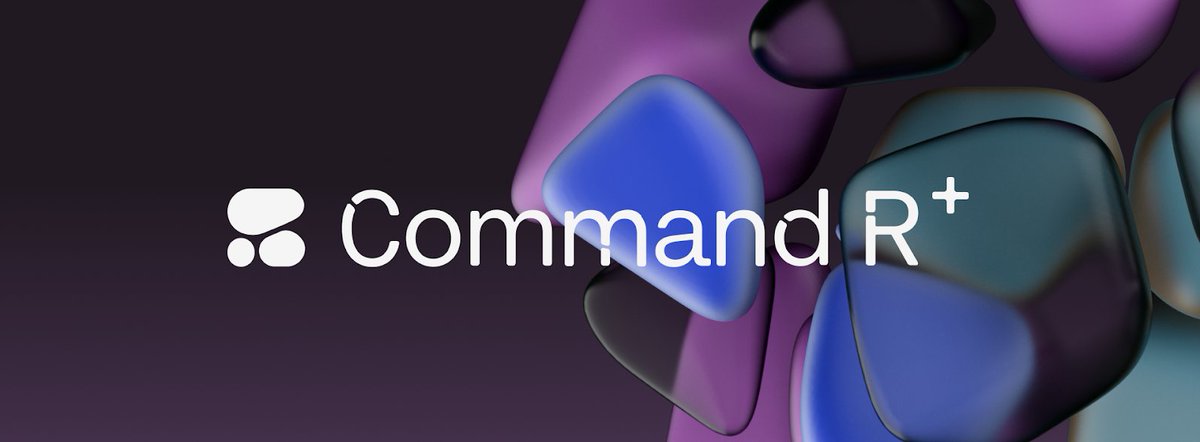Today, we’re introducing Command R+: a state-of-the-art RAG-optimized LLM designed to tackle enterprise-grade workloads and speak the languages of global business.
Our R-series model family is now available on Microsoft Azure, and coming soon to additional cloud providers.
Our R-series model family is now available on Microsoft Azure, and coming soon to additional cloud providers.

Command R+ offers best-in-class advanced Retrieval-Augmented Generation (RAG) capabilities to provide accurate, enterprise-ready solutions with citations to reduce hallucinations. 

Command R+ comes with Tool Use capabilities, accessible through our API and @LangChainAI, to seamlessly automate complex business workflows. We also now support Multi-Step Tool Use enabling the execution of complex tasks by combining multiple tools. 

Command R+ is designed to serve as many people, organizations, and markets as possible. The model excels at 10 key languages of global business helping to power product features and tools for geographically diverse global companies. 

Our Command R-series family of models leads the scalable market category, focused on balancing high efficiency with unparalleled accuracy, enabling businesses to move beyond proof-of-concept, and into production with AI. 

Learn more about our new Command R+ model in our blog: txt.cohere.com/command-r-plus…
• • •
Missing some Tweet in this thread? You can try to
force a refresh













